No article found or not published for this site.
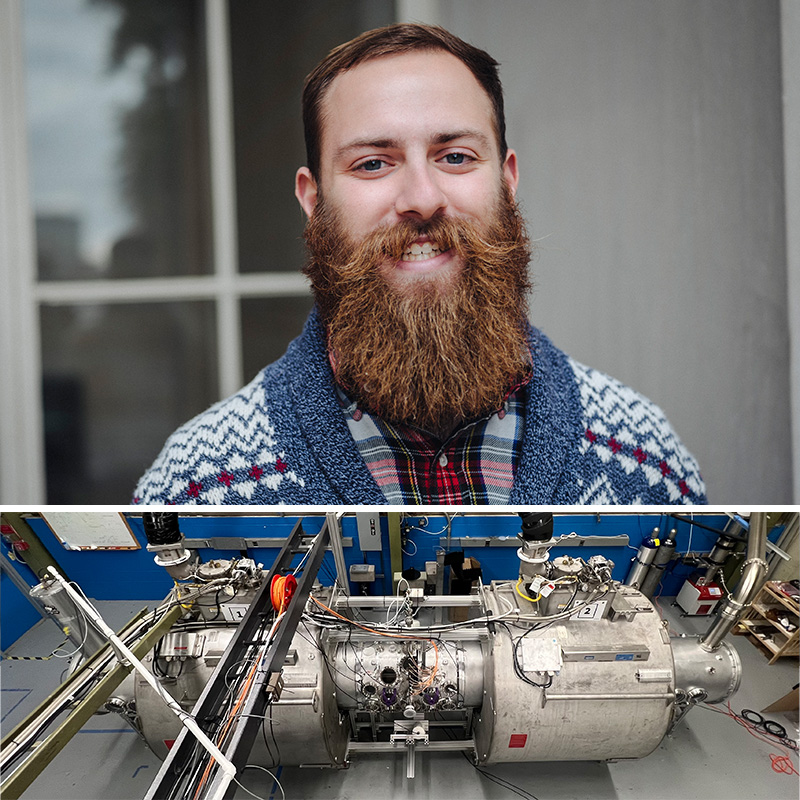

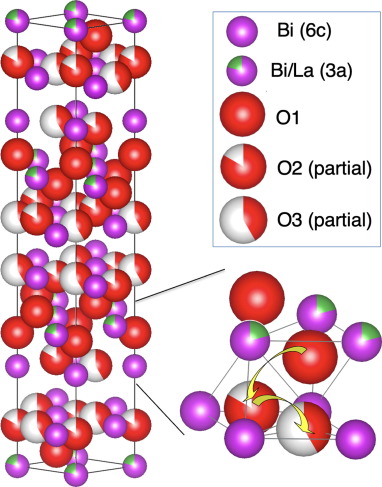

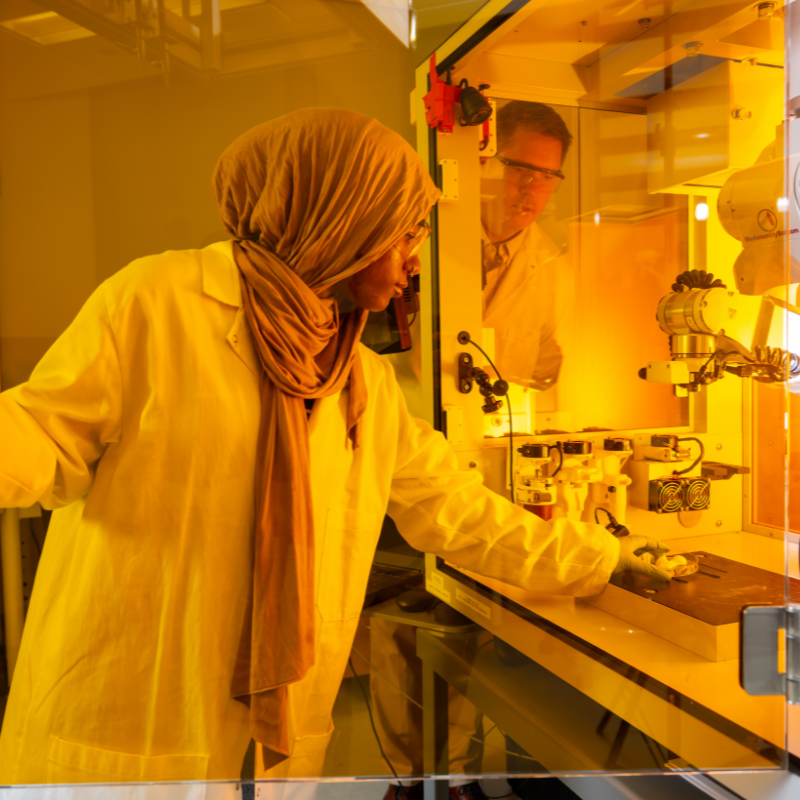
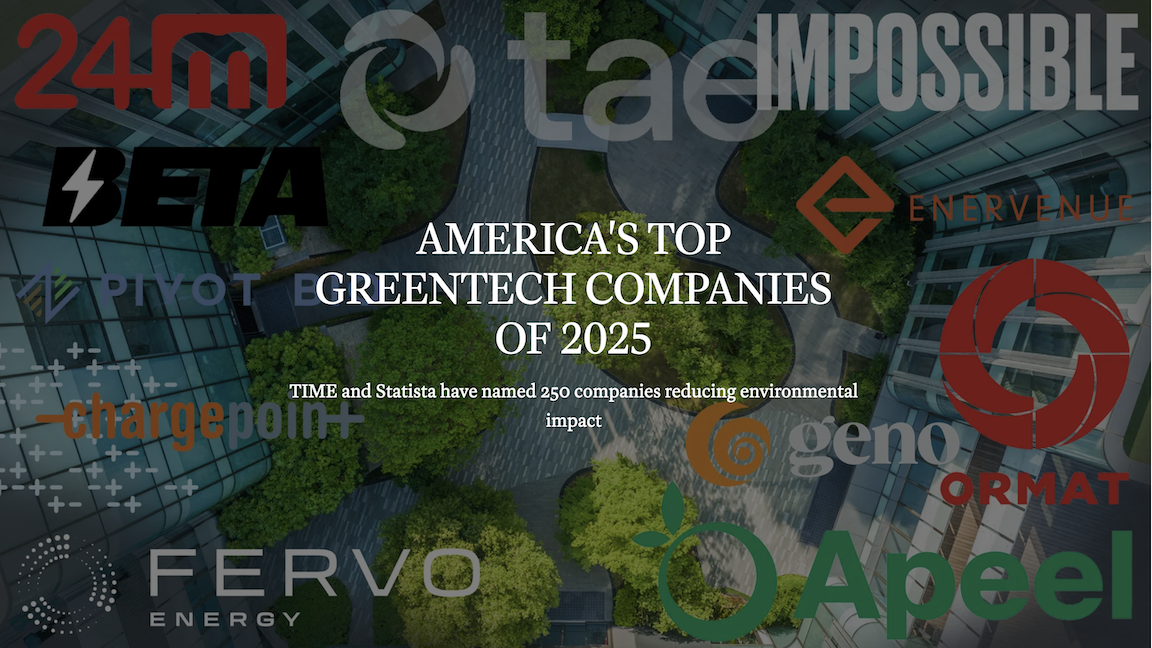

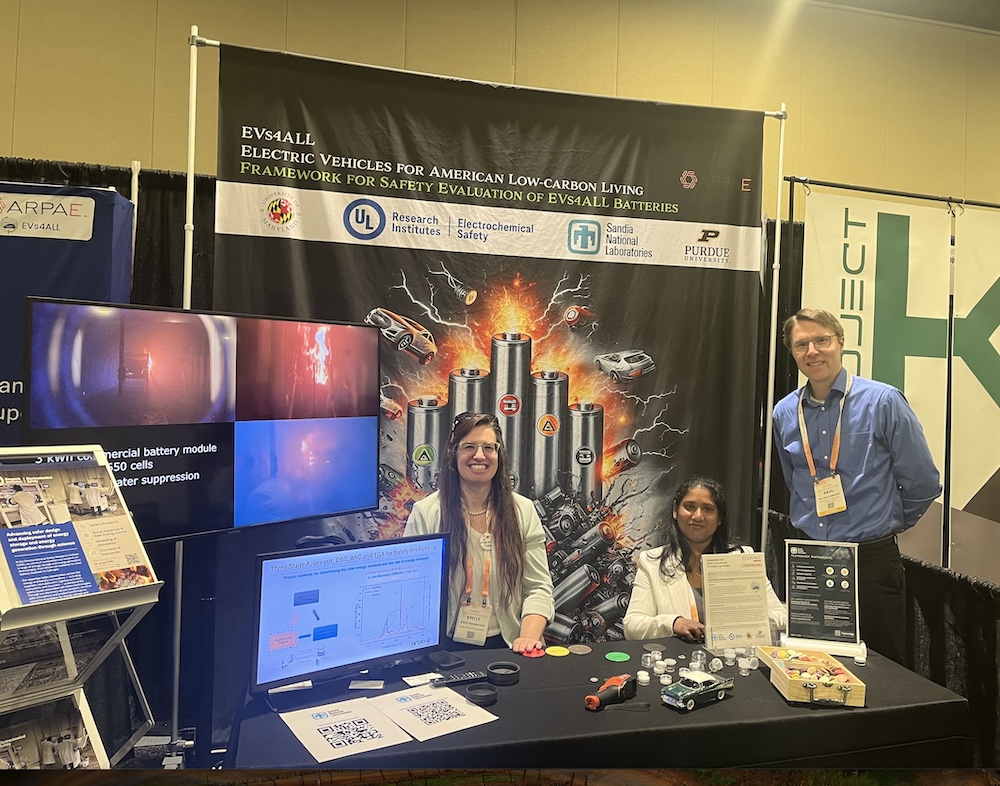
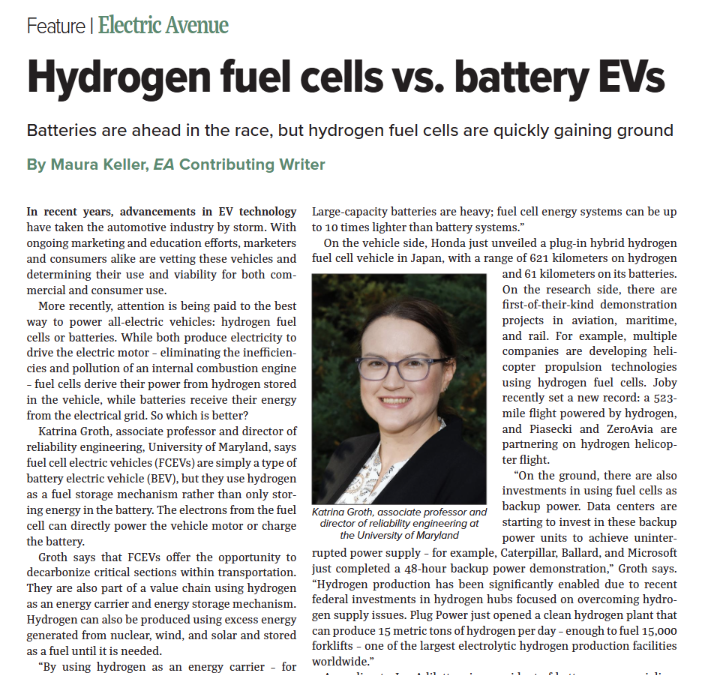
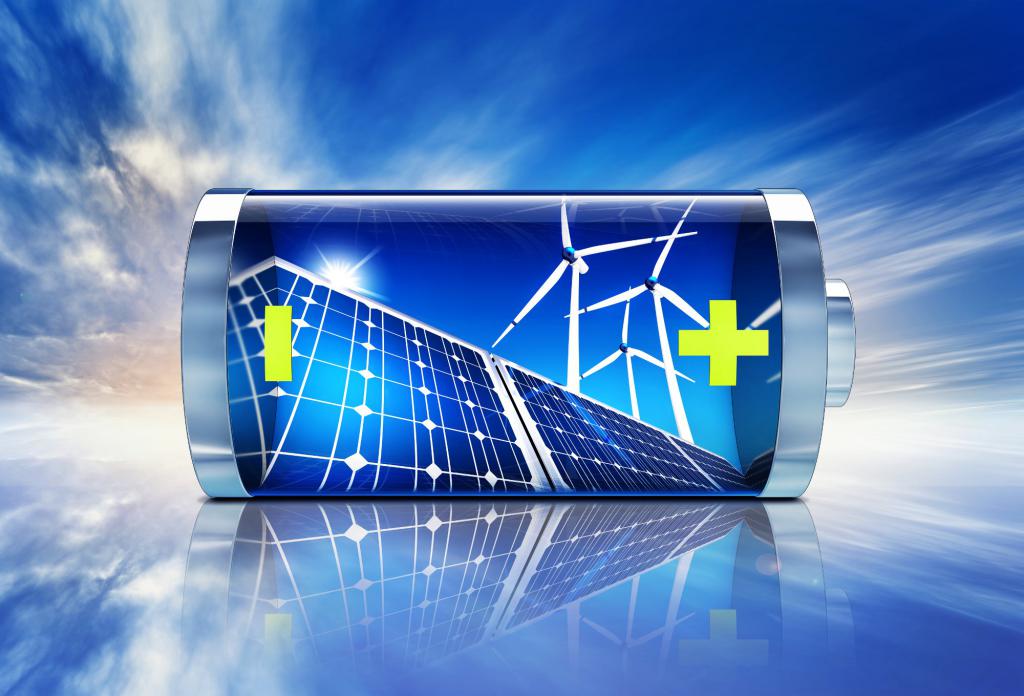
Recent Stories
Stories / Apr 23, 2025
Fusion Reactor Design by MSE Alum Wins Distinguished...

Stories / Apr 17, 2025
Do Good Spotlight: Bryan Quinn '01

Stories / Apr 17, 2025
Wachsman lab develops highest oxygen-ion conductivity material

Stories / Apr 9, 2025
Sahithi Maddipatla Receives Outstanding Graduate Assistant...

Stories / Apr 8, 2025
Maryland Engineering: Top 10 Among Public Graduate Programs, 7...

Stories / Mar 27, 2025
Two UMD Companies listed in America’s top Greentech companies...

Stories / Mar 26, 2025
ION Storage Systems Continues March Toward Commercialization

Stories / Mar 21, 2025
UMD prominently showcased at ARPA-E summit

Stories / Mar 14, 2025
Dr. Katrina Groth Spotlighted in Electrical Apparatus Magazine

Stories / Mar 14, 2025
University of Maryland patents highlight energy technology
